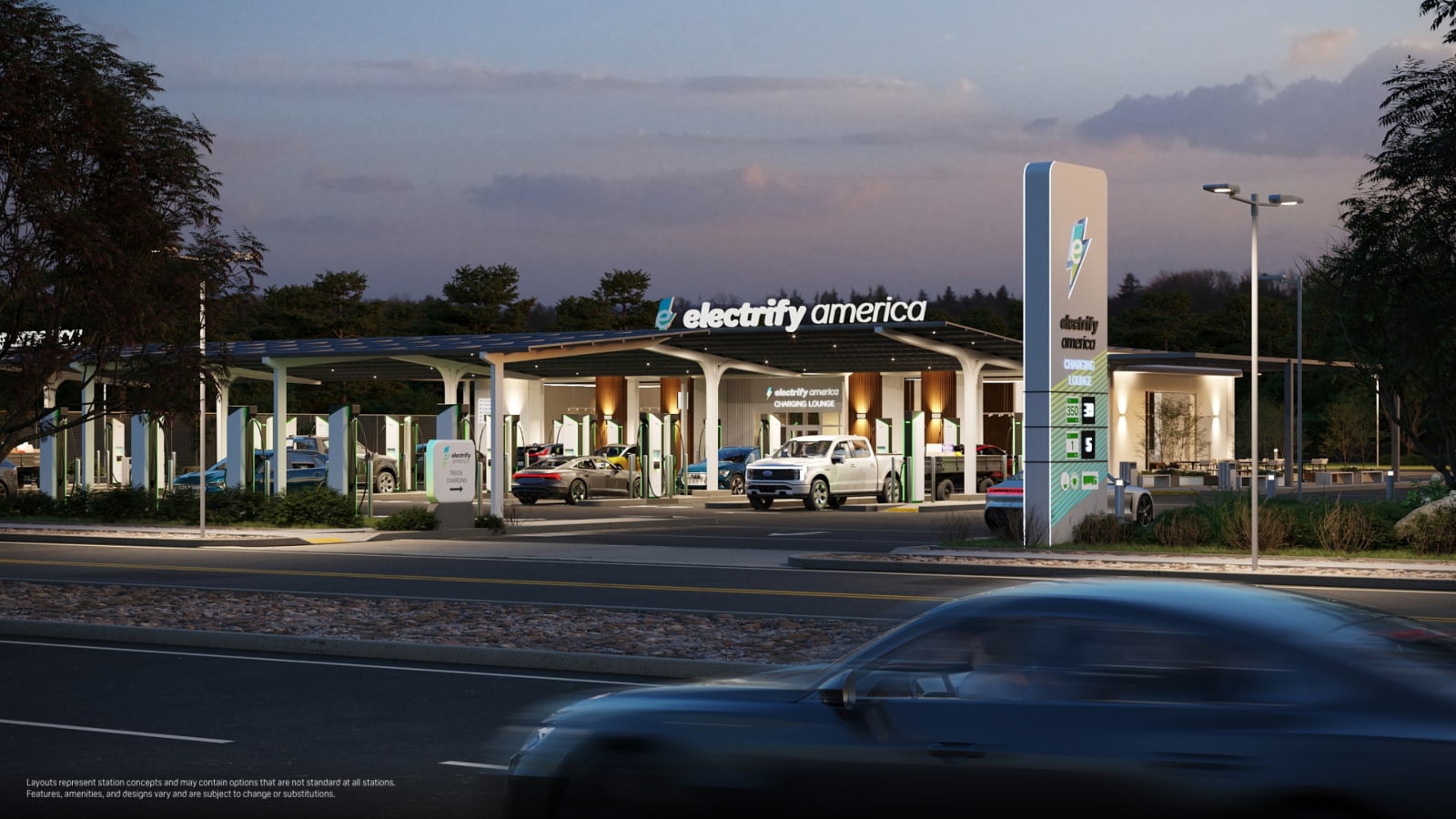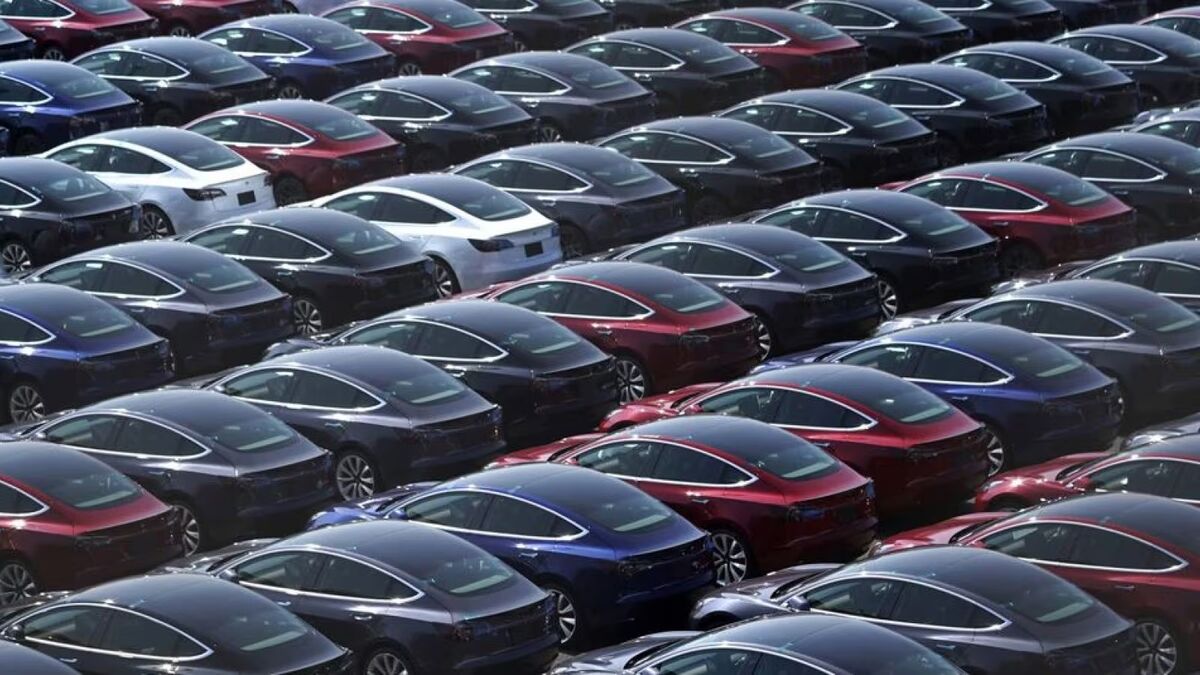Long lines at public electric vehicle (EV) charging stations aren’t common. But they tend to happen at the worst times.
One major operator of charging stations has a solution. Electrify America plans to limit how much energy customers can use at some charging stations during busy times. The company’s new “congestion reduction pilot” will see it allow customers to charge batteries to just 85% during busy periods.
Public Charging And Private Charging Are Different
Owning an electric car for your daily commute isn’t terribly different than owning a gas-powered car. But on road trips, the differences start to show.
Most EV owners can do most of their charging at home. The U.S. Department of Transportation estimates that the average American drives less than 40 miles per day. Since even extremely low-range EVs like the now-discontinued Mazda MX-30 have more than double that range, most EV drivers rarely need a public charger.
One recent study estimated that when America has a mature EV charging network efficiently serving tens of millions of cars, just 4% of chargers will be public. Most drivers will do most of their charging at home and work.
But public chargers are a necessity on road trips. They fall into two categories.
Related: EV Charging Stations: Everything You Need To Know
Level 2 chargers, also called destination chargers, fill the average battery in several hours. They are common at shopping centers and other places where drivers will likely stop for several hours.
Level 3 chargers, also called DC fast chargers, can refill many EVs in less than an hour. They are often found at highway rest stops.
However, some parts of the country see lines form at public chargers on heavy travel days.
Charging Speed Varies
Electrify America says one of the reasons lines form is a quirk of EV ownership. A gas tank fills at a fairly steady rate from start to finish. But a recharging battery slows down as it approaches 100% full.
Many EV manufacturers recommend that drivers only charge their cars to around 80% in day-to-day use to preserve battery life, anyway. But charging to 100% is challenging because the last few percentage points take much longer.
Related: Electric Cars 101 – What You Need To Know About EVs
With that in mind, Electrify America plans to cap users at 85% “to reduce wait times and increase throughput across our network.” The pilot program will roll out at just 10 California charging stations as an experiment.
“Once a vehicle reaches 85% State of Charge, the charging session will automatically end, and drivers will have 10 minutes to move their vehicle before idle fees are incurred,” the company explains.
The pilot will begin in early July 2024, the company says. It may roll out to other stations if it proves successful.
The company says the move “will help reduce wait times for EV drivers” at its busiest locations. In the longer term, Electrify America says, it “will continue to build more and larger charging stations to better serve the EV community.”
If you’re accustomed to driving gas-powered cars, a prohibition on full battery might seem strange. But EV life requires certain mental shifts. On a recent EV road trip, I found public chargers at highway intersections overwhelmed. On a high-traffic day, drivers were left waiting in long lines to charge.
Just a few exits further on, however, I found empty chargers waiting. Drivers who grow accustomed to charging to just 80% and stopping to recharge long before their state-of-charge depletes spend less time at chargers than those who charge to 100% and run the battery close to empty.








